Optimal Timing for Waterproofing Projects
Proper timing is essential for effective waterproofing projects. The optimal period depends on climate conditions, project scope, and specific surface types. Understanding seasonal variations can help ensure the longevity and effectiveness of waterproofing applications.
Spring offers moderate temperatures and lower humidity levels, making it ideal for waterproofing applications before heavy rain seasons.
Summer provides warm weather, but high humidity and frequent rain can hinder curing processes. Proper planning is necessary.
Fall's cooler temperatures and reduced precipitation make it suitable for waterproofing, especially before winter.
Winter is generally not recommended due to low temperatures and potential for frost, which can compromise waterproofing materials.
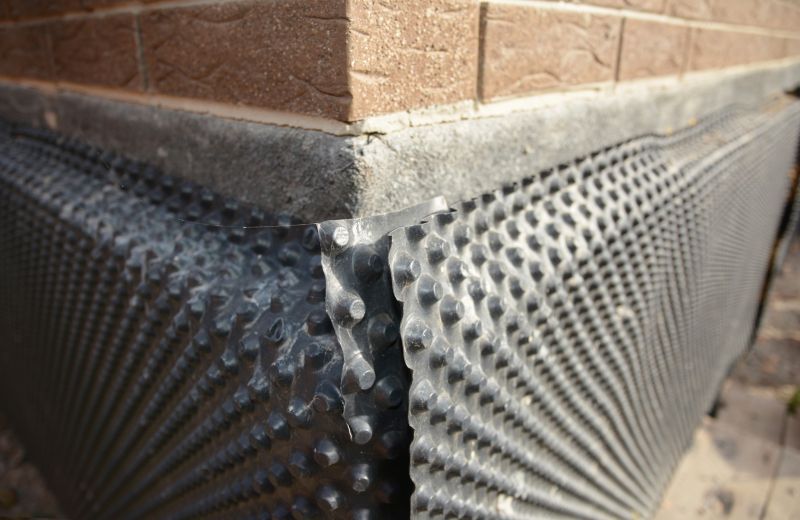
Ways to make Waterproofings work in tight or awkward layouts.
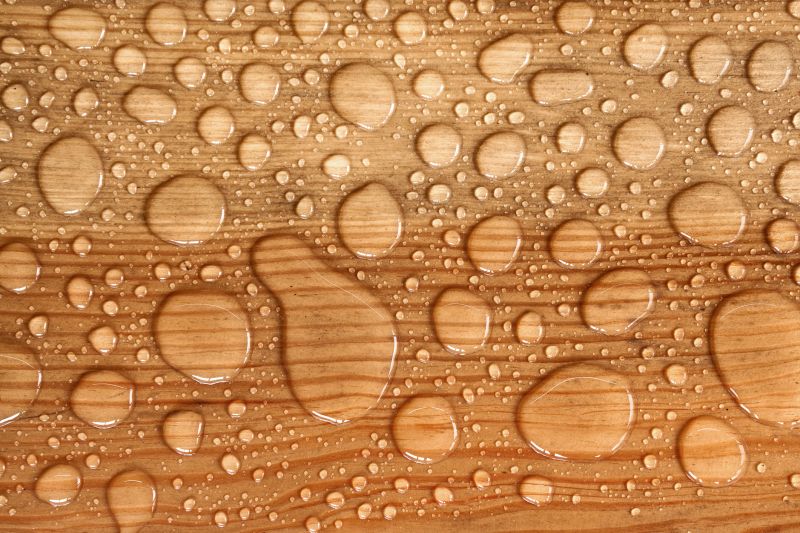
Popular materials for Waterproofings and why they hold up over time.

Simple add-ons that improve Waterproofings without blowing the budget.
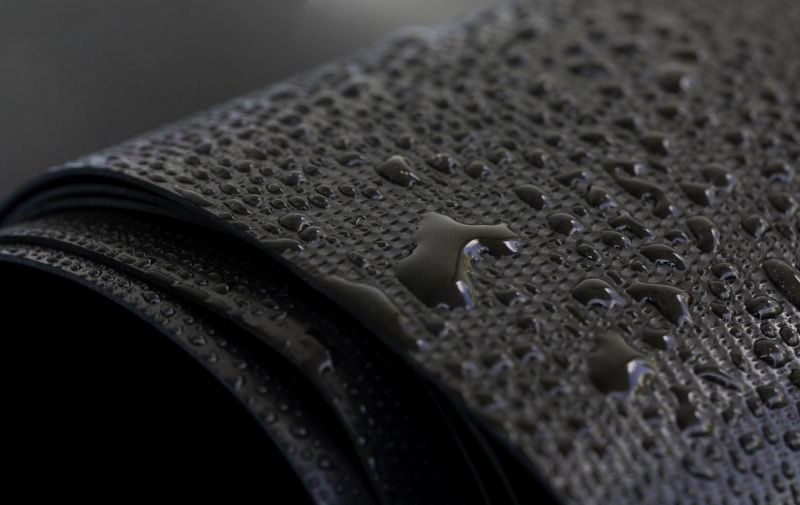
High-end options that actually feel worth it for Waterproofings.

Finishes and colors that play nicely with Waterproofings.
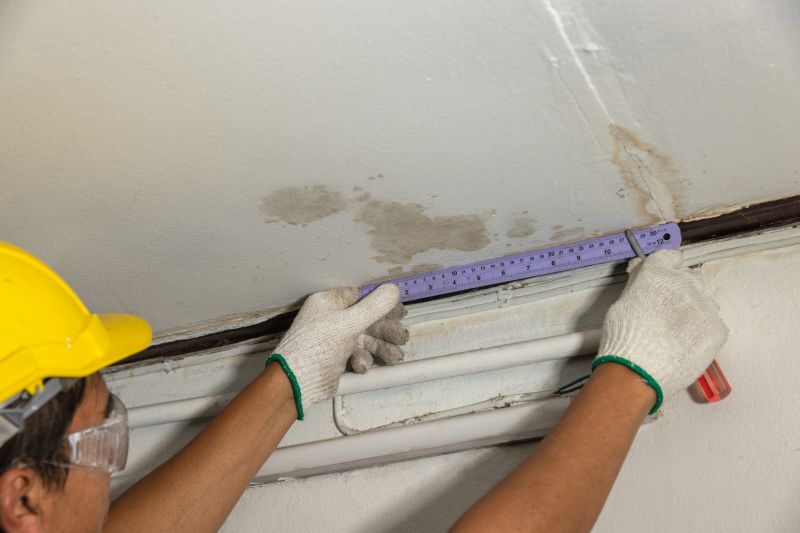
Little measurements that prevent headaches on Waterproofings day.
| Season | Recommended Conditions |
|---|---|
| Spring | Temperatures around 50-70°F, low humidity, dry days |
| Summer | Warm temperatures, watch for high humidity and rain |
| Fall | Cooler weather, dry conditions, before winter |
| Winter | Low temperatures, frost risk, generally unsuitable |
Waterproofings are essential for protecting structures from water intrusion, which can cause significant damage over time. Proper application at the right time can extend the lifespan of roofs, foundations, and other surfaces. Different waterproofing materials and methods are suited for various conditions and surfaces, including membranes, coatings, and sealants. Statistics indicate that timely waterproofing can prevent up to 80% of water-related damages, reducing repair costs and structural deterioration.
Effective waterproofing involves careful planning and execution, considering seasonal weather patterns. It is crucial to avoid application during adverse weather conditions such as rain, extreme cold, or high humidity, which can compromise the integrity of waterproofing layers. Regular inspections and maintenance further ensure long-term protection and performance of waterproofed surfaces.

A 60-second routine that keeps Waterproofings looking new.
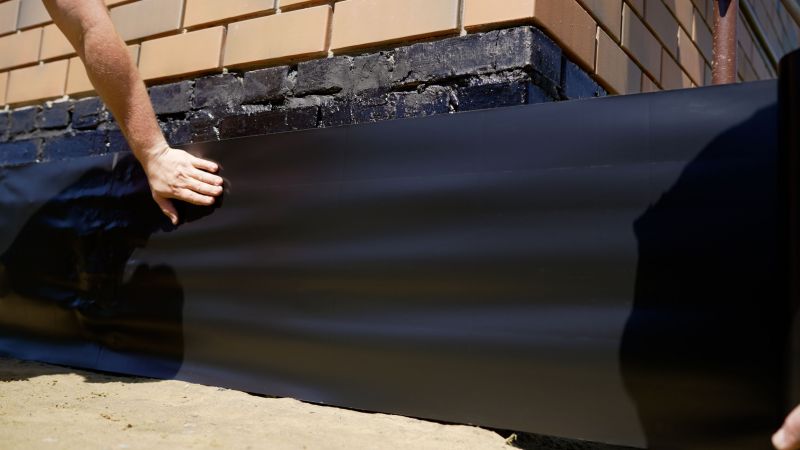
A frequent mistake in Waterproofings and how to dodge it.
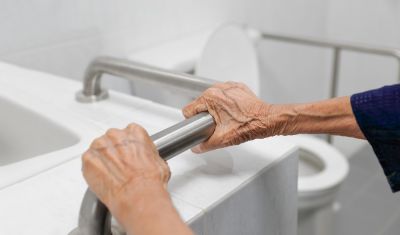
Small tweaks to make Waterproofings safer and easier to use.

Lower-waste or water-saving choices for Waterproofings.
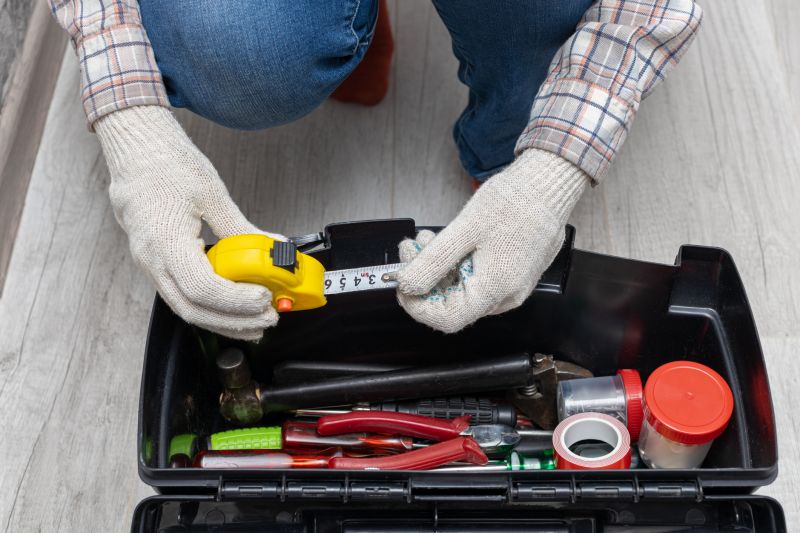
The short, realistic tool list for quality Waterproofings.

Rough timing from prep to clean-up for Waterproofings.
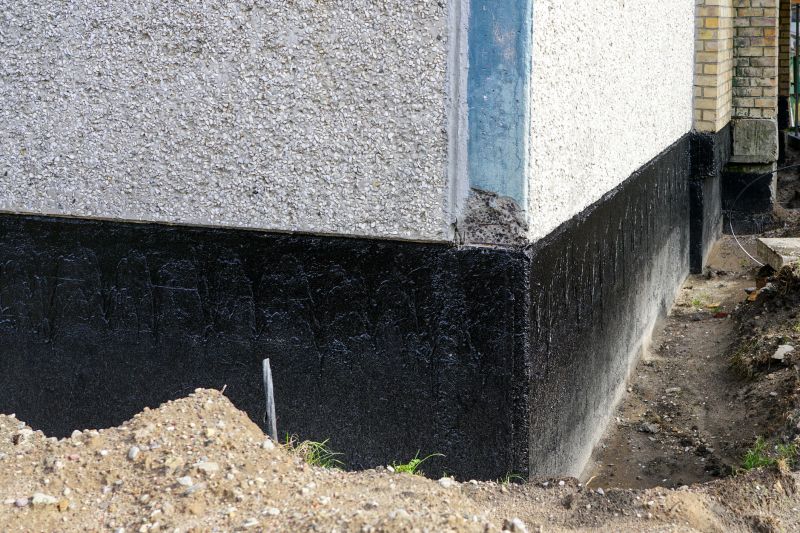
Quick checks and paperwork to keep after Waterproofings.
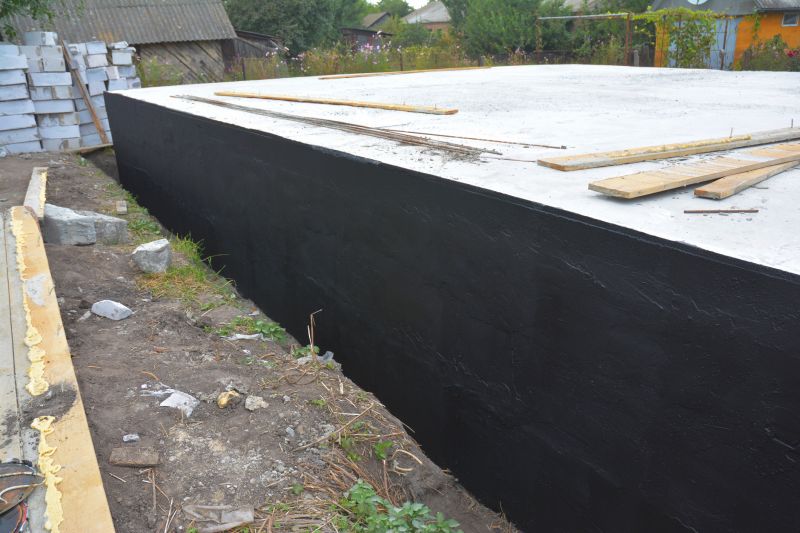
Examples that show the impact a good Waterproofings can make.
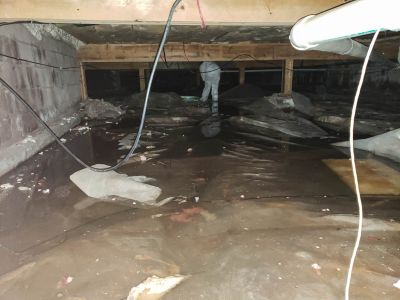
Ways to make Waterproofings work in tight or awkward layouts.
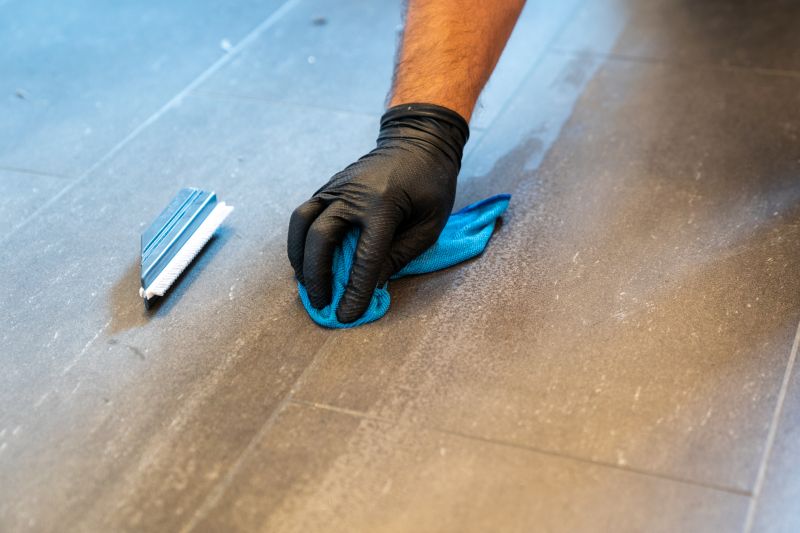
Ways to make Waterproofings work in tight or awkward layouts.

Ways to make Waterproofings work in tight or awkward layouts.
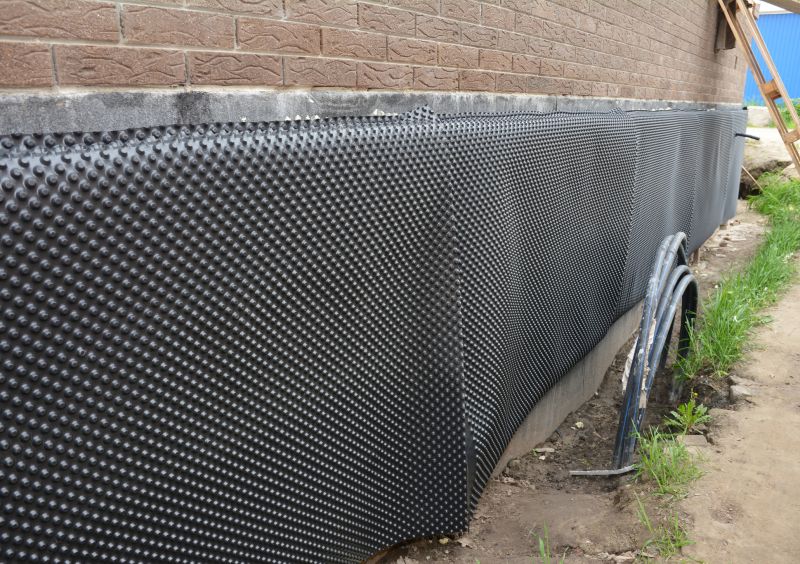
Ways to make Waterproofings work in tight or awkward layouts.
Interested in waterproofing services? Filling out the contact form provides an opportunity to receive tailored advice and scheduling options for waterproofing projects. Proper timing and application are vital for ensuring durable, long-lasting protection against water damage.

